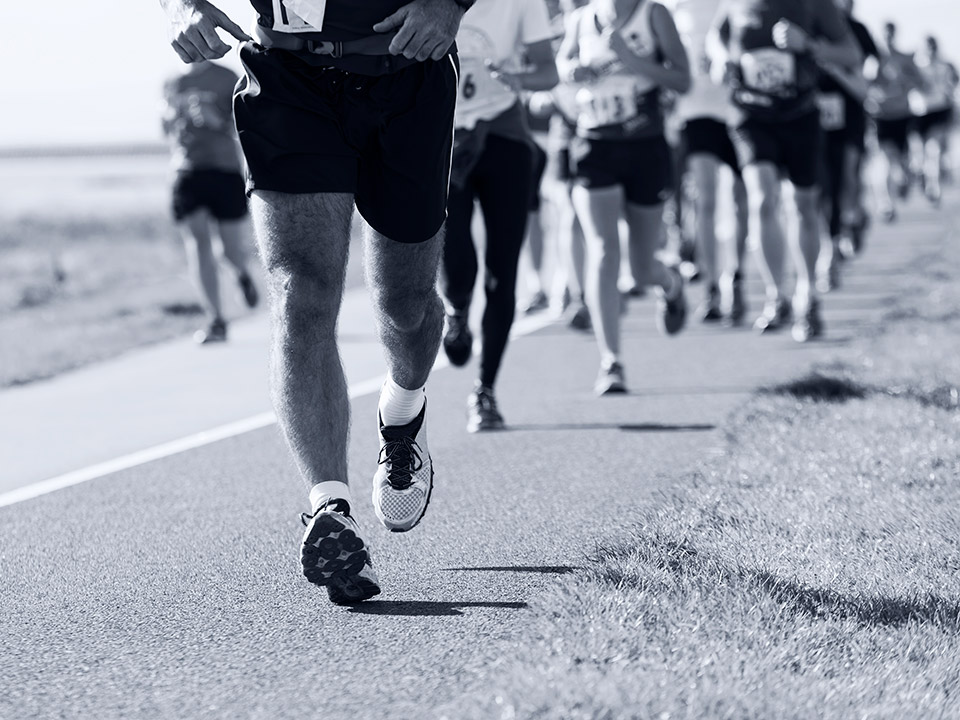Completing a 10k race is an achievement that requires careful preparation, from designing a training plan to eating the right foods, practicing recovery, and familiarizing yourself with the race environment. This 1500-word guide provides comprehensive insights into preparing for a 10k race, with a spotlight on the most iconic 10k events in the United States.
Start with a Training Plan
Your training plan should be the cornerstone of your race preparation. Ideally, you should start training for a 10k race at least 8-12 weeks before the event, especially if you’re new to running.
A well-rounded 10k training plan includes the following:
Base Running: Begin with shorter, comfortable runs to build stamina. Gradually increase the distance each week until you can comfortably run close to the race distance.
Long Runs: Incorporate a longer run into your schedule each week. This helps your body adapt to running longer distances over time.
Speed Work: Interval training or tempo runs can help improve your speed and efficiency. This involves running at a faster pace for a set amount of time or distance, followed by a recovery period.
Cross-Training: Engage in non-running workouts, such as cycling or swimming, to build overall fitness and reduce the risk of injuries.
Rest Days: Rest is crucial for your body’s recovery and strength building. Ensure you have at least 1-2 rest days in your weekly training schedule.
Eat Right, Race Right: Nutrition Tips
- Carbohydrate Loading: In the days leading up to the race, increase your carbohydrate intake to maximize the storage of glycogen, your body’s primary source of energy during the race.
- Hydration: Stay well-hydrated before, during, and after your training runs. On race day, drink according to your thirst.
- Pre-Race Meal: Your pre-race meal should be light, high in carbohydrates, and low in fiber to minimize gastrointestinal distress.
- Post-Race Nutrition: After the race, consume a balance of protein for muscle recovery and carbohydrates to replenish glycogen stores.
Recovery is Key
After running a 10k race, it’s essential to focus on recovery. Incorporate a cool-down phase immediately after the race with light stretching to prevent stiffness. Hydrate and refuel, prioritize sleep, and consider a light massage or foam rolling to ease muscle tension. Remember, your body has undergone a significant effort – respect it by allowing it the time to recuperate properly.
Famous 10k Races in the USA
To provide some motivation and context for your training, let’s highlight some of the most famous 10k races in the United States.
- The BOLDERBoulder 10k: Held annually in Boulder, Colorado on Memorial Day, this race draws over 50,000 runners and features a scenic route and a grand finish in Colorado University’s Folsom Field.
- The Peachtree Road Race: This 10k race is the largest in the world, taking place in Atlanta, Georgia every Independence Day. It attracts over 60,000 participants annually.
- The Bellin Run: Based in Green Bay, Wisconsin, this race draws over 20,000 participants each year and has been running since 1977, making it one of the oldest 10k races in the US.
- The Cooper River Bridge Run: This 10k race in Charleston, South Carolina boasts a beautiful course over the Cooper River Bridge. With over 40,000 participants, it’s one of the largest races of its kind in the US.
- The Crescent City Classic: Held in New Orleans, Louisiana, this race combines fitness and fun, winding through the city’s historic streets and ending with a festive post-race party.
Wrapping Up
Completing a 10k race is a substantial accomplishment that you can be proud of. It’s a test of physical endurance and mental fortitude. Whether it’s your first race or you’re a seasoned runner aiming for a personal best, your preparation in the weeks leading up to the race will make a significant difference in your performance and overall experience.
Remember, your 10k journey is uniquely yours, so while you should draw upon the wisdom of others, it’s equally important to listen to your body’s cues throughout your training. Know that it’s perfectly normal to have some challenging days – what matters is not letting them overshadow your progress and dampen your spirit.
While this guide provides a comprehensive roadmap to prepare for your 10k race, it’s crucial to consult with a healthcare provider or a fitness professional to ensure your plan aligns with your health condition and fitness level.
With the right training, nutrition, recovery practices, and mindset, you’ll be ready to lace up your running shoes and tackle that 10k. So, here’s to the many miles that lie ahead – each one bringing you a step closer to your 10k finish line.

